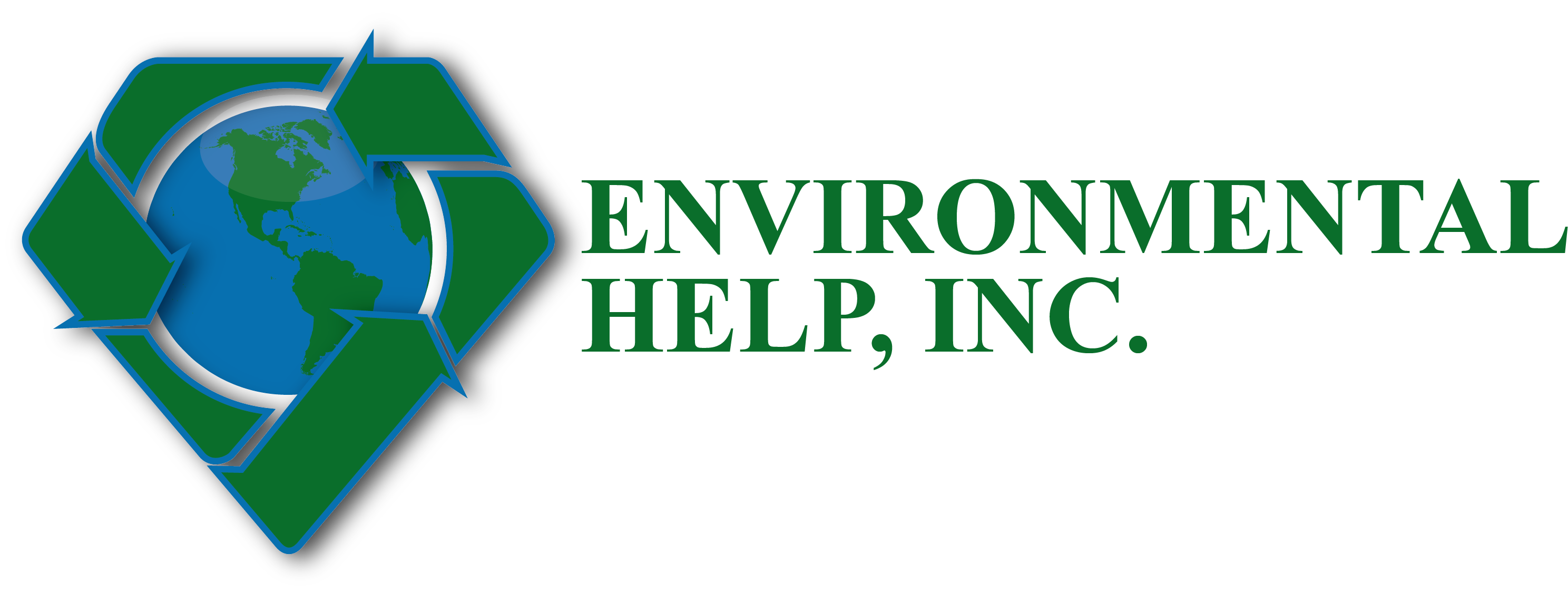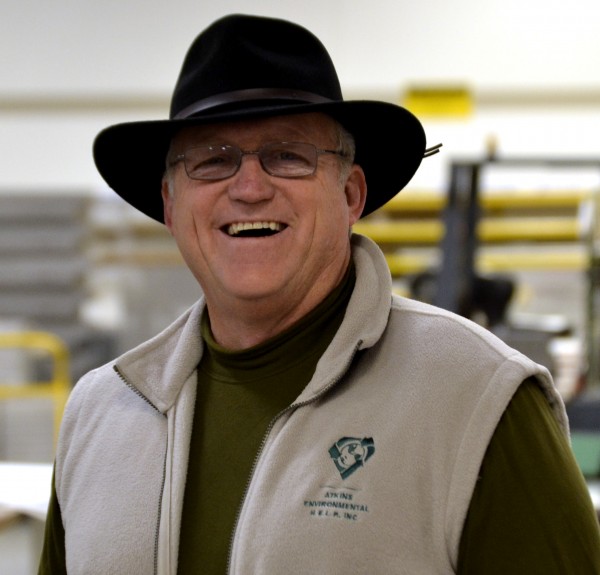
 BJ Atkins in the President of Environmental HELP Inc. He personally participates on all EHI client projects, taking the lead in helping you eliminate regulatory headaches in your business.
BJ Atkins in the President of Environmental HELP Inc. He personally participates on all EHI client projects, taking the lead in helping you eliminate regulatory headaches in your business.
Upon graduation from Humboldt State University in 1978 with a degree in Oceanography & Economics, Mr. B. J. Atkins began working for Sun Exploration and Production Company, responsible environmentally for 27 onshore petroleum production leases, from Long Beach to Sacramento. Included within this responsibility was one existing offshore petroleum production platform in the Santa Barbara Channel. A second Santa Barbara Channel offshore platform was in the final stages of construction, which also became the environmental responsibility of Mr. Atkins.
Onshore production focused on thermally enhanced oil recovery (TEOR) which required the burning of 1 barrel of heavy oil to generate steam for injection into the oil producing strata, enabling production of 7 additional barrels. The combustion system necessary to generate steam required elaborate emission control technology. Much experience in air permitting, combustion systems, emissions calculations, source testing, fine particle behavior and emission monitoring was gained while documenting compliance with a myriad of air quality rules and permit conditions. This experience culminated in permitting and construction of a 225MW gas-fired cogeneration plant serving the Midway-Sunset oilfield north of Taft, CA. Through time, a number of pollution control technologies were developed and implemented by the oil industry, in particular, by individuals like Mr. Atkins. In certain cases, favorable production outcomes followed execution of required pollution control activities such as casing vent vapor recovery.
All this work and oil field development took place in a known endangered species habitat, making further development and in particular oil spill response a sensitive endeavor. In one spill response Mr. Atkins was able to convince the regulators to approve beneficial reuse of the oil sand mixture as road mix, rather than hauling it off as hazardous waste, saving millions in the process.
Waste water and drilling mud discharge offshore required a significant amount of environmental permitting and compliance effort. This did not include the work needed to develop, design, install and test an elevated spill response capability. In addition, Mr. Atkins was involved in exploratory drilling offshore Santa Maria, CA which required considerable planning and permitting.
Mr. Atkins moved into environmental consulting in 1988, working for an environmental consulting firm in Bakersfield. This firm was assisting a very large petroleum interest permit a large steam injection project expansion to the west of Bakersfield. This was followed by work in emissions trading at a firm headquartered in the Santa Monica area.
On May 5, 1989, Mr. Atkins founded Environmental HELP, Inc. HELP is an acronym which stands for Hazard and Environmental Liability Professionals. EHI began operations assisting a number or manufacturing and oilfield concerns throughout the Southern California area, plus a large amusement park which happened to located in the Santa Clarita valley. The majority of work was permitting or regulatory compliance related, with emphasis on development of required programs, and plans.
Today EHI has the same diverse set of capabilities, but has focused more and more on water related compliance issues. With the recent changes to the California Statewide Industrial General (Stormwater NPDES) Permit or IGP, comes the need to document compliance with a new set of numeric action limits or NALs for certain contaminants in stormwater discharge. All facilities covered by the IGP enter the program at what is known as the “baseline” level; inferring they have been able to demonstrate the quality of their stormwater discharge is below the NALs. If after the required testing the NALs are exceeded, the facility moves from baseline to “Level 1” which requires an exceedance response action plan; a technical report which must be either prepared by or under the supervision of a Qualified Industrial Stormwater Practitioner or QISP. Another exceedance and the facility moves from level 1 to “Level 2” which requires another technical assessment and report / action plan either prepared by or under the supervision of a Qualified Industrial Stormwater Practitioner or QISP, who is also a Trainer of Record or ToR.
Environmental regulations and the penalties for not complying with them grow ever more burdensome in California and around the country. The processes, procedures and technology used to help businesses stay in compliance has not matured along with these increased regulatory requirements. Until now.
Environmental HELP, Inc. is positioning itself at the forefront of advanced technology and best practices so that your business can remain competitive and profitable whilst still meeting or exceeding the safety and environmental requirements established for the industry you work in. Advanced communication technologies, new testing procedures, and the positioning of our team as the benchmark for regulatory compliance procedures are just a few reasons why EHI is the industry leader for advancements in regulatory compliance verification and testing.
Call us today to learn how you can proactively maintain industry compliance for just pennies a day thus avoiding costly fines and/or expensive modifications to your business in the future.